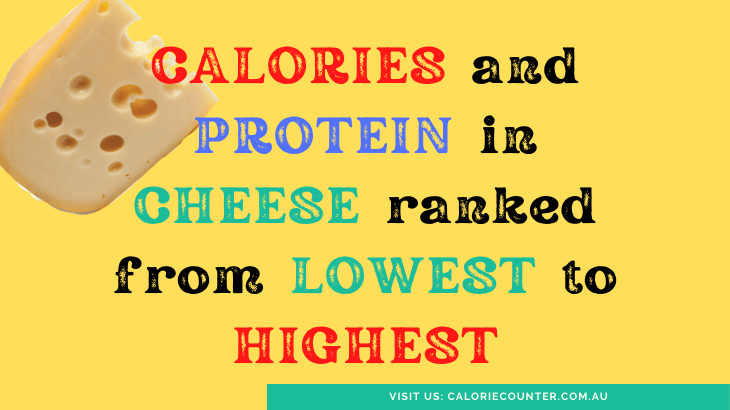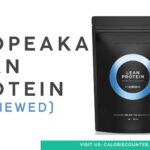Pork versus beef, let’s compare which meat is better! When you want to maximise nutrition and minimise calories should you choose a juicy scotch fillet steak, or a tender slice of roasted pork loin? According to a famous Australian scientific study comparing beef to pork diets for weight loss, they’re the same. But let’s delve a little deeper to see if we can decide on one over the other.
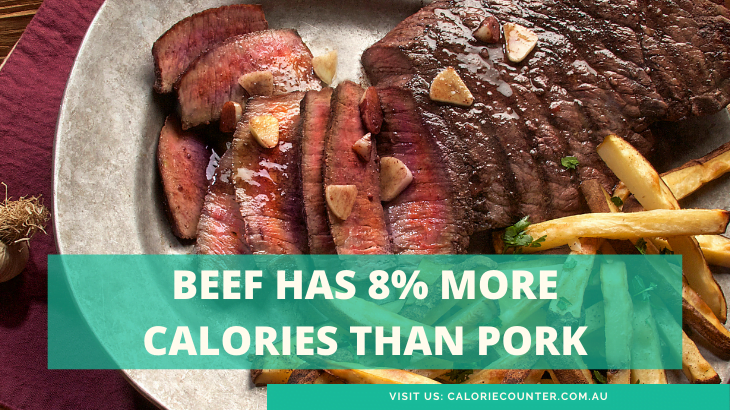
Calories in Pork compared to Beef
Lean beef like trimmed Rump Steak has more calories than lean pork like trimmed Pork Chop. In the case of steak vs pork chop, steak has 122 calories per 100g, compared to 113 calories/100g for pork chop. This means that lean beef has about 8% more calories than lean pork by weight. However, different cuts of pork and beef have massively different calorie counts. A kilo of untrimmed pork belly has far more calories than a kilo of beef eye fillet steak!
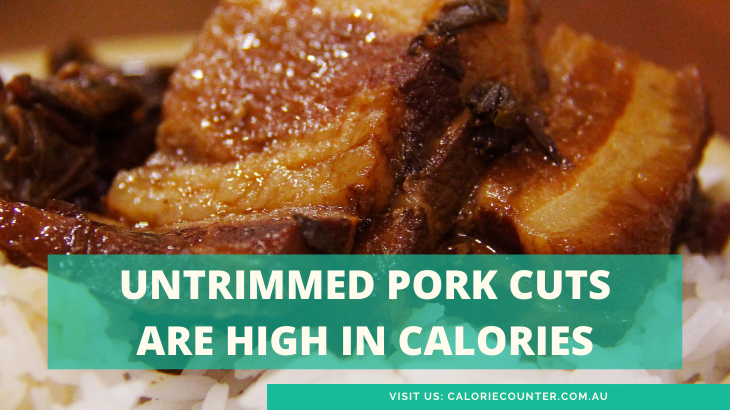
Beef Nutrition VS Pork Nutrition
Both beef and pork are highly nutritious direct substitutes for each other, but beef is arguably more nutritious than pork. There are 20 grams of protein in both pork and beef, and both have 62mg of cholesterol per 100g. Beef has one gram of fat more than pork (5g/100g compared to 4g/100g), hence the higher calorie count. The extra gram of fat is saturated, meaning that beef has twice the saturated fat (2g/100g) of pork (1g/100g). Neither beef nor pork contain carbohydrates.
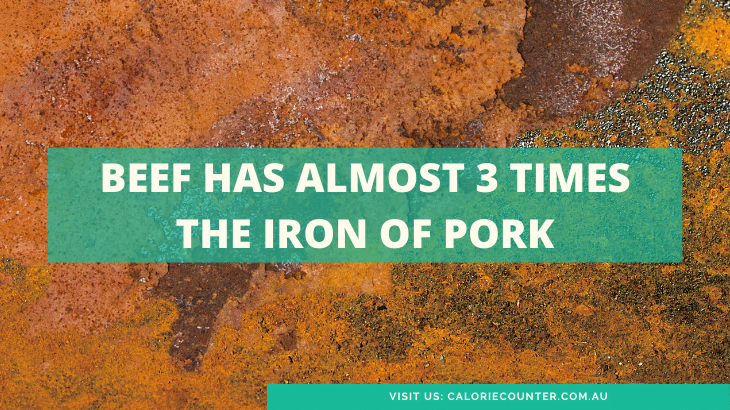
Like all meat, pork and beef both contain a rich array of vital micronutrients (vitamins and minerals). On a weight for weight basis, lean pork contains slightly more of each micronutrient than beef, with two glaring exceptions: iron and zinc. Beef has almost three times the iron and zinc of pork (2.6mg and 6.31mg compared to 0.87mg and 2.39mgper 100g). For this simple reason, we believe that beef is more nutritious than pork.

Beef or Pork for Bodybuilding?
Whilst both pork and beef deliver equal amounts of protein (the lean cuts), beef is better for bodybuilding because of the increased iron and zinc content. Furthermore, there are many more lean cuts of beef available from the supermarket than lean pork. That said, if you can consistently get lean pork and supplement zinc and iron from alternative sources, pork is just as good as beef for building lean muscle mass.
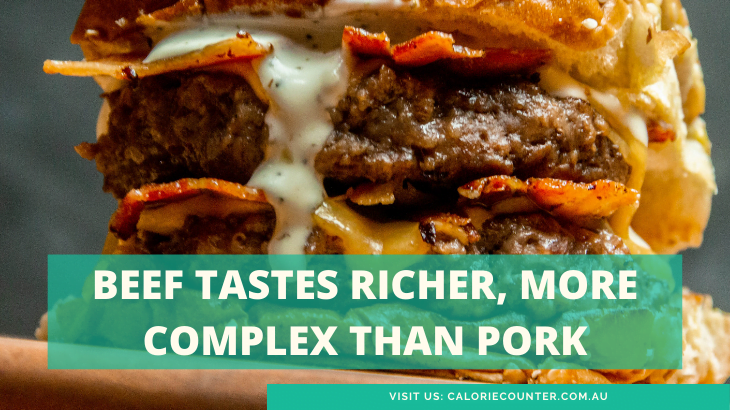
Pork VS Beef Taste
Unless the meat is utterly smothered in sauce or spices, most people have no problem in recognising the taste difference between beef and pork. Since pork has about one quarter of the myoglobin of beef, it tastes milder and less complex. Beef cuts generally have longer, thicker, and tougher muscle fibres than pork equivalents. This gives beef a wider flavour palate than pork because there is more tissue variation in each bite.
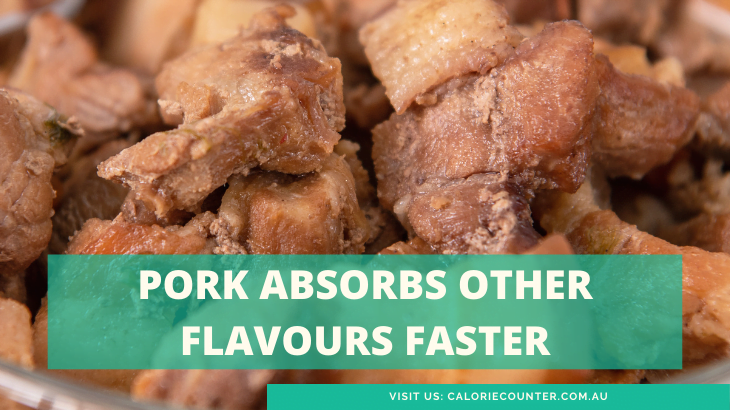
Pork easily absorbs the flavour of acidic ingredients like apple, lemon, and vinegar. Classics like Sweet and Sour Pork and Braised Pork with Apples and Onions come to mind. Beef, on the other hand does better with simpler condiments and spices which provide flavour contrasts by simply sitting on the meat’s surface. Examples include Sirloin Steak with simple salt and pepper seasoning, and Roast Beef with Gravy.
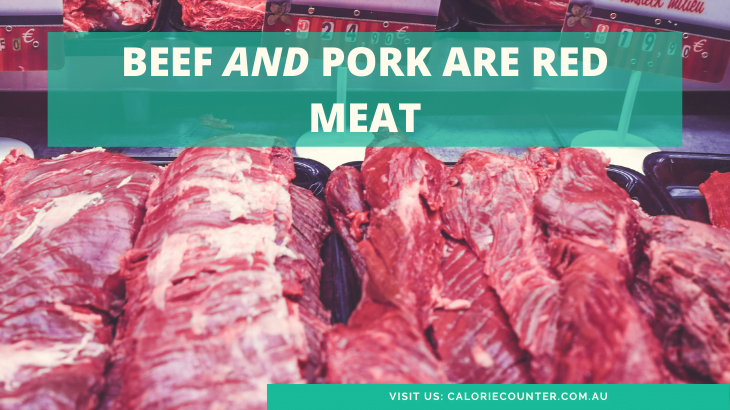
Is Pork Red Meat?
The simple answer is yes, pork is red meat. The redness of meat comes from myoglobin, a protein which stores oxygen in muscle tissue. The more myoglobin meat has, the redder it is. Young beef (from a young animal) contains about 8mg of myoglobin per 100 grams, whilst old beef contains about 18mg/100g. In comparison, the average pork cut contains 2mg of myoglobin per 100 grams.
Proper white meat, like chicken breast, contains less than 0.2mg/100g myoglobin. Since pork has 10 times the myoglobin of poultry, it is classified as red meat even though it is much paler than other red meat like beef and lamb.
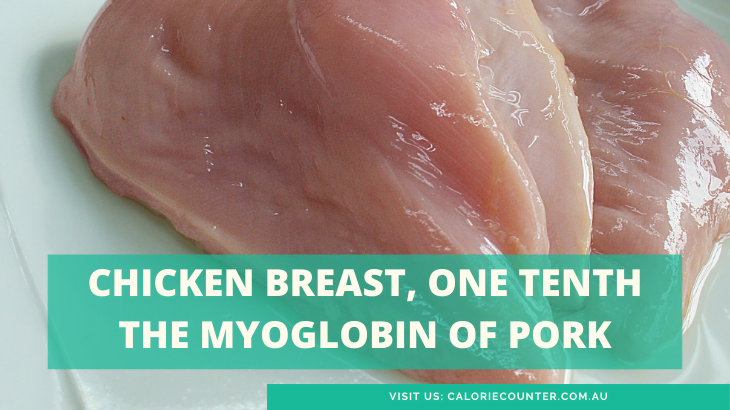
Interesting fact: the bright red liquid you see pooling at the bottom of your meat try is myoglobin, not blood. Unless you are buying freshly butchered meat from an independent small scale butchery, your meat has already been completely drained of blood. The difference is that blood contains haemoglobin, whilst muscle tissue has myoglobin.
Different Cuts make all the Difference
So far, this article has focussed on comparing lean beef like trimmed rump steak to lean pork like trimmed pork chop. However, there is a world of difference between different cuts of pork and beef.
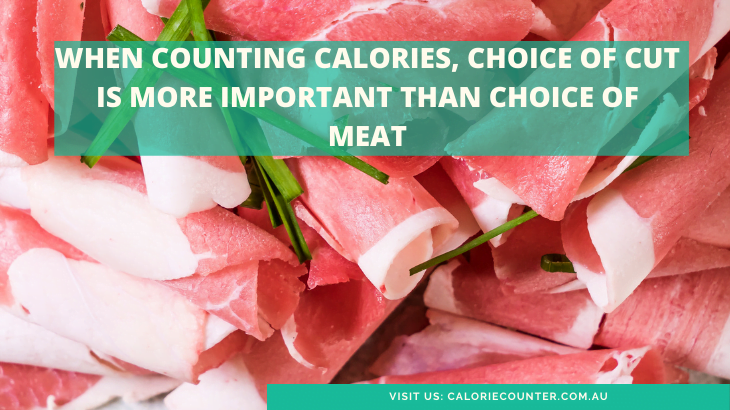
Obvious examples would be comparing streaky bacon to lean beef eye fillet (341 kcal VS 136 kcal), or beef jerky (410 calories/100g) to pork shoulder (182 calories/100g). Differences in fat, water, and connective tissue content lead to huge differences in calorie and nutrition values.
At the end of the day, portion size and cut selection are likely to make a bigger impact on your diet than choosing between beef and pork.



